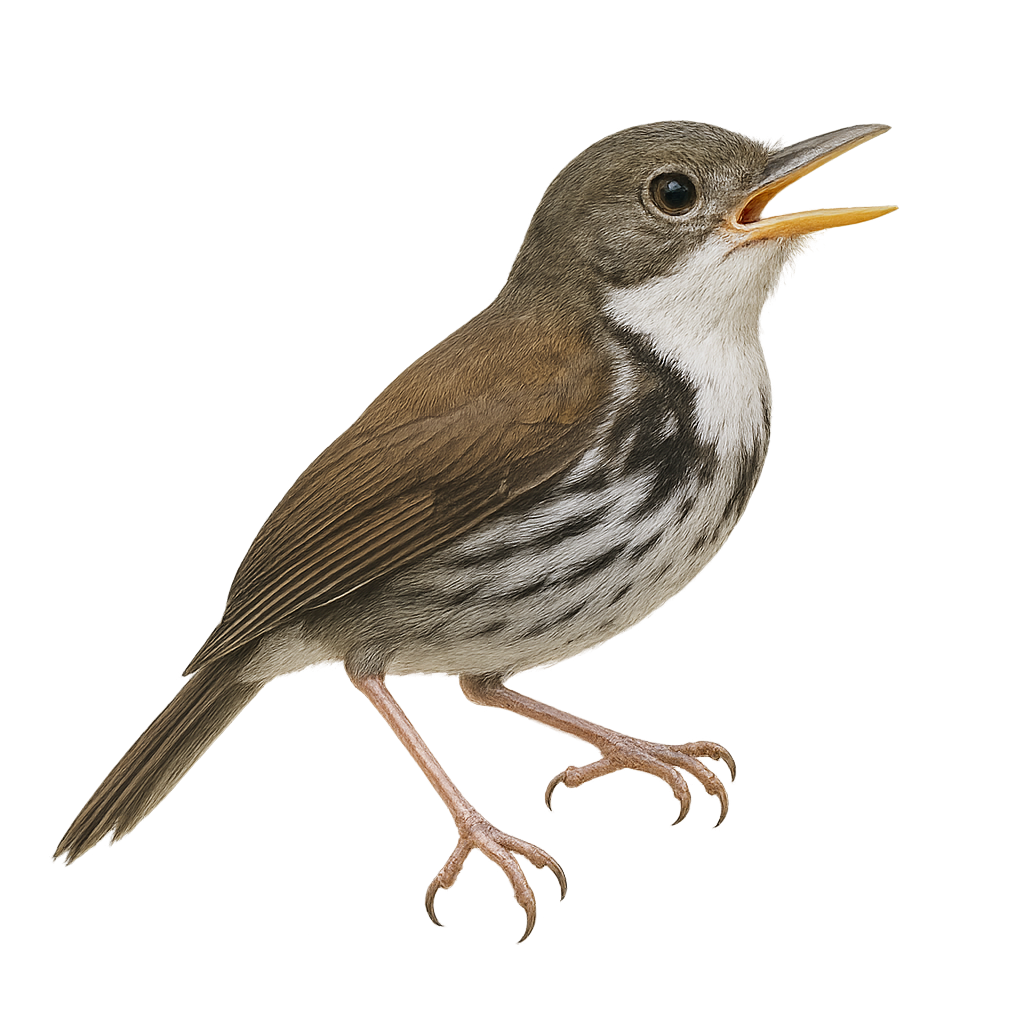Your wildlife photography guide.
Explore the collared gnatwren in detail, study its behavior, prepare your shots.
Where to observe and photograph the collared gnatwren in the wild
Learn where and when to spot the collared gnatwren in the wild, how to identify the species based on distinctive features, and what natural environments it inhabits. The WildlifePhotographer app offers tailored photography tips that reflect the collared gnatwren’s behavior, helping you capture better wildlife images. Explore the full species profile for key information including description, habitat, active periods, and approach techniques.
Collared Gnatwren
Scientific name: Corythopis torquatus

IUCN Status: Least Concern
Family: TYRANNIDAE
Group: Birds
Sensitivity to human approach: Tolerant
Minimum approach distance: 5 m
Courtship display: September to October
Incubation: 15-17 jours
Hatchings: October to November
Habitat:
Humid tropical forests, dense underbrush
Activity period :
Primarily active during the day, with peak activity in the morning and late afternoon.
Identification and description:
The Collared Gnatwren is a small, elusive bird native to the humid tropical forests of South America. It is identifiable by its olive-brown plumage and distinctive white collar contrasting with its dark throat. Measuring about 12 cm in length, this bird is often seen skittering through dense underbrush in search of insects. It is particularly active at dusk and dawn, when it emits soft, melodious calls. Although not very shy, it remains difficult to spot due to its dense habitat and discreet nature. Its social behavior is mostly solitary, although it can sometimes be seen in small family groups.
Recommended lens:
400 mm – adjust based on distance, desired framing (portrait or habitat), and approach conditions.
Photography tips:
To photograph the Collared Gnatwren, it is advisable to use a 400mm or longer telephoto lens to capture precise details without disturbing the bird. Look for it early in the morning or late in the afternoon when it is more active. Be patient and discreet, as although it is tolerant, it can easily blend into its dense environment. Use a tripod to stabilize your camera in the low-light conditions of the tropical forest.
The WildlifePhotographer App is coming soon!
Be the first to explore the best nature spots, track rutting seasons, log your observations, and observe more wildlife.
Already 1 439 wildlife lovers subscribed worldwide

